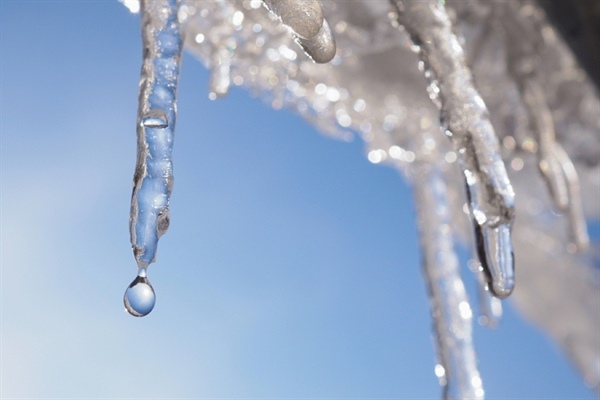How to Protect Your Property From Melting Snow

No one knows snow more than someone from Minnesota. As a state with one of the highest average annual snowfalls and lowest record winter temperatures, Minnesota is synonymous with snow.
However, when the seasons begin to change and spring rolls around, all that accumulated snow begins to melt. If this is your first time experiencing the winter-spring transition somewhere that is snowy, you may not be aware that all that melted snow can damage your property.
Unlike during the winter, when you have to worry about frozen pipes and winter storms, you have a unique set of challenges to deal with when the snow melts. Ready to learn how to protect your property from melting snow? Read this short guide from the professionals at Restoration Network in Maple Grove, MN.
Step 1: Deal with Residual Snow
There is no way to protect your property from melting snow without clearing it. You have a harder time inspecting your property for damage as snow piles up throughout the winter, regardless of whether it's on your roof, siding, or walkway.
Take the initiative early on and budget for snow equipment to help clear snow. One of the peskiest problems with melting snow is when it forms ice dams. Buy a snow roof rake and start clearing the snow from your roof. Melting snow also causes water damage to your roof and foundation.
If an ice dam begins to form on your roof, call for professional help.
Step 2: Clean Your Gutters Frequently
No matter the season, cleaning your gutters is important. As snow, twigs, leaves, and other debris build up in your gutters when it is cold out, they can freeze over, helping ice dams form.
Additionally, when the snow begins to melt, it can seep into your foundation, causing cracks, water damage, and flooding. Don’t forget to angle your downspouts away from your home, so melted snow (water) doesn’t flow against your home.
Step 3: Maintain Your Windows
Most people only consider caulking their windows before the winter to prepare for low temperatures, but they should inspect their windows throughout the year. If you have gaps in the side of your windows, heat built up inside your home will travel outwards. Snow and ice, whether melting or not, are colder than the temperature in your home; the more there is, the more heat will travel out of your home.
Snow and ice also build up around or on top of your windows. As that snow and ice begin to melt, it can cause structural problems by damaging the glass, rotting the nearby wood, warping the window frames, and potentially exposing them to mold. The melted snow can also deteriorate your window paint through discoloration and cracking.
Lastly, winter storm damage can chip, crack, and break your windows.
Water Damage Restoration Services in the Twin Cities
Is your home damaged from melting snow, or do you need 24/7 emergency restoration services?
For fire restoration and water and storm damage services in the Twin Cities, contact Restoration Network at 612-564-0202 for our assistance.